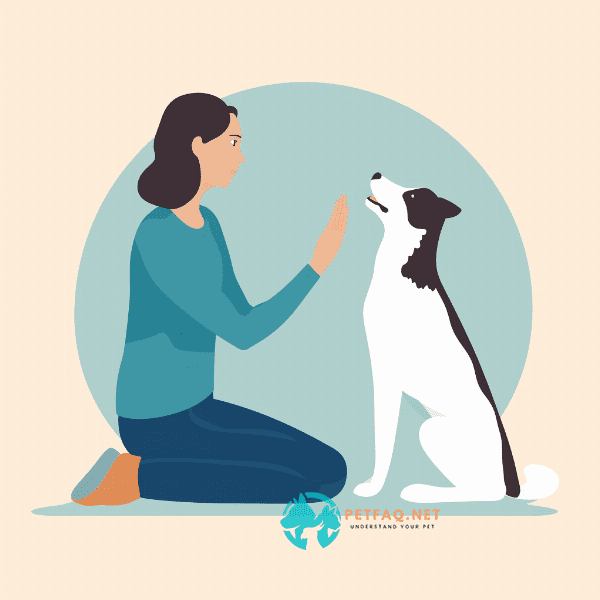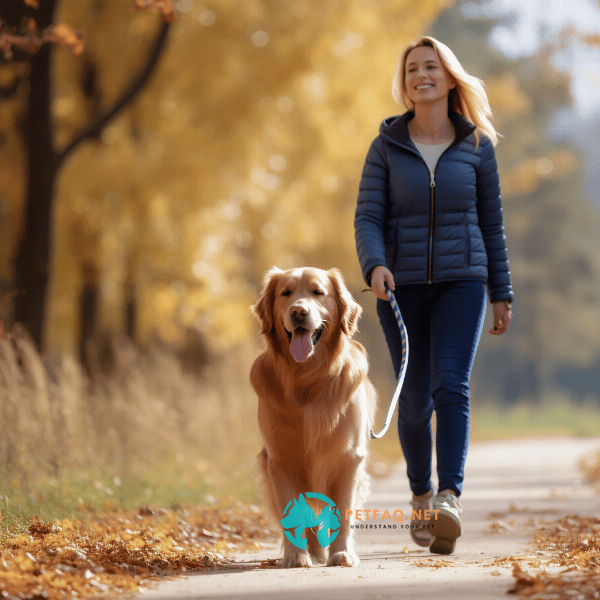Table of Contents
- Why off-leash training is important for dogs
- Preparing for off-leash training
- Essential commands for off-leash training
- Techniques for successful off-leash training
- Troubleshooting common challenges in off-leash training
- Benefits of off-leash training for dogs and their owners
- Safety considerations for off-leash training
- Taking off-leash training to the next level: advanced strategies and activities
- Frequently asked questions about off-leash dog training
- Final thoughts and tips for a successful off-leash training experience.
Why off-leash training is important for dogs
Off-leash dog training is an essential aspect of your dog’s development, socialization, and overall well-being. When dogs are trained to behave off-leash, it allows them to explore their environment freely and engage with their surroundings in a natural way. Off-leash training can help your dog to build confidence and independence while improving their physical health and overall happiness.
Off-leash training also fosters a stronger bond between you and your dog. As your dog learns to follow commands and behave responsibly, you’ll gain a deeper understanding and appreciation of each other. Additionally, off-leash training can help you to teach your dog how to interact with other dogs and people in a safe and respectful way, which is essential for a well-rounded socialization experience.
Moreover, off-leash training can also help your dog to stay safe. By learning to come when called and obey other important commands, your dog will be less likely to run off, get lost, or put themselves in dangerous situations. Overall, off-leash dog training is an investment in your dog’s future happiness, health, and safety, and an essential part of responsible dog ownership.
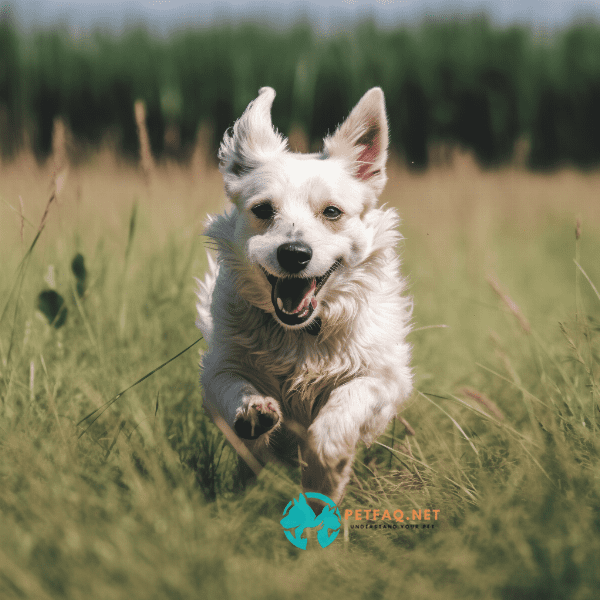
Preparing for off-leash training
Preparing for off-leash training is an important step in ensuring a successful and safe experience for both you and your dog. Before you begin off-leash training, it’s crucial to make sure your dog has a solid foundation of basic obedience skills, including “sit,” “stay,” “come,” and “heel.” You should also ensure that your dog has a reliable recall and is able to respond to commands even when there are distractions present.
It’s also essential to choose the right training equipment for your dog. A sturdy collar or harness is essential, as is a sturdy leash that is appropriate for your dog’s size and behavior. You may also want to consider using a long-line or training lead to give your dog a bit more freedom while still maintaining control. Be sure to choose equipment that is comfortable and safe for your dog, and always supervise your dog while they’re wearing their gear.
Additionally, it’s important to choose a safe and secure training location. Look for an area that is fenced or otherwise enclosed, and free from potential hazards such as traffic, water hazards, or other animals. Always make sure your dog is up-to-date on their vaccinations and has appropriate identification in case they get lost.
By taking the time to prepare for off-leash training, you’ll be setting your dog up for success and ensuring a safe and enjoyable training experience for both of you.
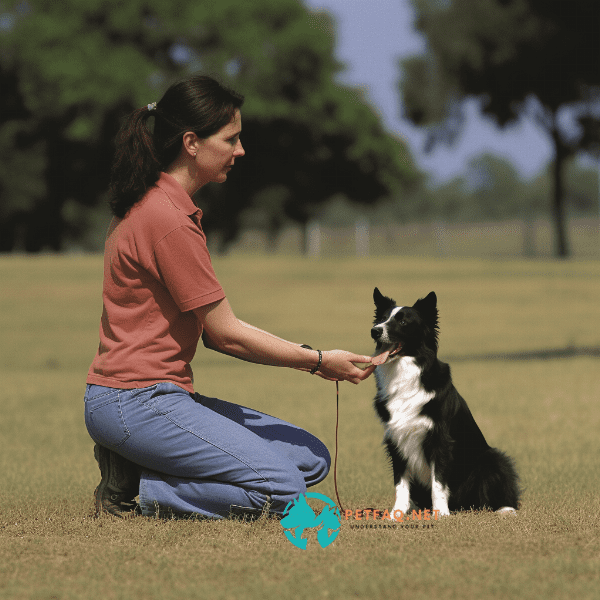
Essential commands for off-leash training
When it comes to off-leash training, there are several essential commands that your dog should know to ensure their safety and your peace of mind. These commands include:
1. Come: A reliable recall is perhaps the most important command for off-leash training. This command should be taught in a positive and consistent manner, and reinforced with rewards when your dog responds appropriately.
2. Stay: This command is useful for keeping your dog in place while you handle other tasks, or when you need to control your dog in a potentially dangerous situation.
3. Leave it: This command is essential for preventing your dog from picking up or eating potentially harmful objects. It can also be used to prevent your dog from interacting with other dogs or people inappropriately.
4. Heel: This command is used to keep your dog close to you and walking calmly by your side, rather than pulling on the leash or wandering off.
5. Wait: This command is used to keep your dog from rushing ahead, such as when exiting a car or entering a busy area.
By teaching your dog these essential commands, you’ll be able to ensure a safe and enjoyable off-leash experience for both you and your furry friend. Remember to always use positive reinforcement, patience, and consistency when training your dog, and to practice regularly to maintain their skills.
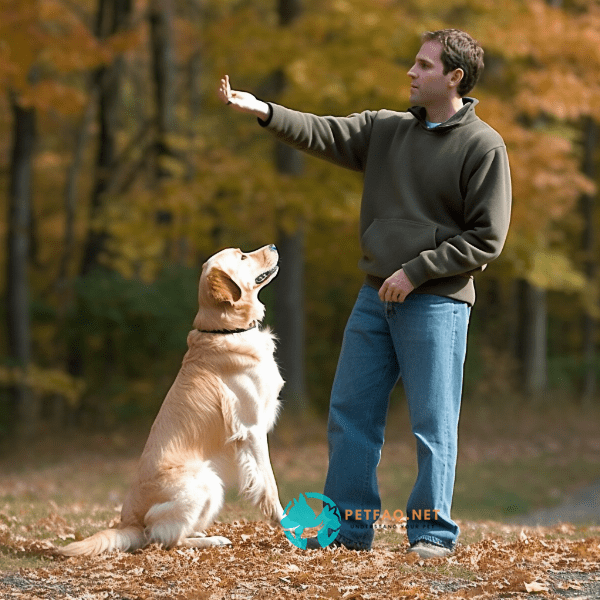
Techniques for successful off-leash training
Off-leash training can be a challenging process, but there are several techniques that can help to make it more successful. One important technique is to gradually increase the amount of freedom that you give your dog, rather than simply removing the leash and expecting them to behave perfectly. Start by allowing your dog to move freely in a small, enclosed area, and gradually increase the size of the space as your dog becomes more comfortable and responsive to your commands.
Another important technique is to use positive reinforcement to reward good behavior. Offer your dog plenty of praise, treats, and playtime when they respond to your commands correctly, and avoid using punishment or harsh corrections. Consistency is also key, so be sure to use the same commands and training techniques each time you work with your dog.
It’s also important to be aware of your dog’s body language and behavior, and to adjust your training approach accordingly. If your dog seems anxious, distracted, or overwhelmed, it may be necessary to take a step back and work on basic obedience skills before moving on to off-leash training.
Ultimately, successful off-leash training requires patience, consistency, and a willingness to adapt your approach to suit your dog’s individual needs. With the right techniques and a positive attitude, you can help your dog to become a happy, confident, and well-behaved off-leash companion.
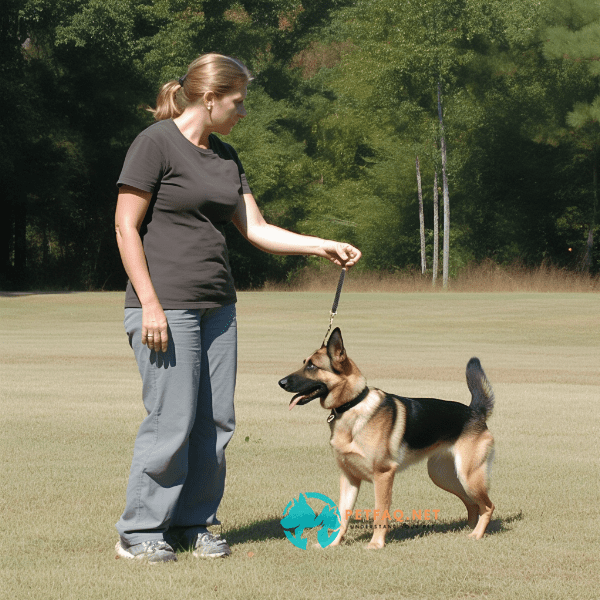
Troubleshooting common challenges in off-leash training
Off-leash training can be a rewarding experience, but it’s not without its challenges. Here are some common issues that you may encounter during off-leash training, and some tips for troubleshooting them:
1. Lack of focus: If your dog seems easily distracted during off-leash training, try breaking up the training into shorter sessions and gradually increasing the amount of time spent off-leash. You can also try using high-value treats or toys to help keep your dog focused on you.
2. Over-excitement: If your dog becomes too excited during off-leash training, try using a calm, assertive tone of voice to help keep them focused. You can also try redirecting their energy with a game of fetch or a quick training session.
3. Running away: If your dog tends to run away or ignore your commands, it may be necessary to start with more basic obedience training and gradually work up to off-leash training. Using a long-line or training lead can also help to keep your dog close while still allowing them some freedom.
4. Fear or anxiety: If your dog seems fearful or anxious during off-leash training, it’s important to go slowly and give them plenty of time to get comfortable with the experience. Use positive reinforcement and rewards to help build their confidence, and consider working with a professional dog trainer if needed.
Remember, every dog is different, and there may be other challenges that you encounter during off-leash training. By staying patient, consistent, and responsive to your dog’s needs, you can work through these challenges and help your furry friend to become a happy and confident off-leash companion.
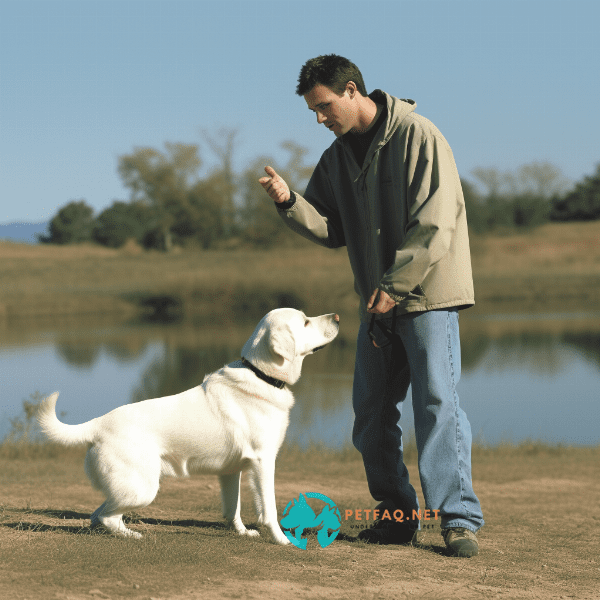
Benefits of off-leash training for dogs and their owners
Off-leash training can be a rewarding experience for both dogs and their owners. Here are some of the key benefits of off-leash training:
1. Improved physical health: Off-leash training allows dogs to run, jump, and play, which can help to improve their physical fitness and overall health. It can also provide mental stimulation and help to reduce stress and anxiety.
2. Enhanced socialization: Off-leash training can provide opportunities for dogs to socialize with other dogs and people in a safe and controlled environment. This can help to build confidence and reduce fear or aggression towards other animals and people.
3. Strengthened bond between dog and owner: Off-leash training can help to strengthen the bond between dogs and their owners, as it requires a high level of trust and communication between the two. It can also provide opportunities for fun and positive interactions, such as playing fetch or going for a hike together.
4. Increased obedience: Off-leash training can help to improve a dog’s obedience skills and responsiveness to commands, as it requires them to rely on their training and their owner’s guidance in a potentially distracting environment.
Overall, off-leash training can be a great way to provide exercise, socialization, and mental stimulation for dogs, while also strengthening the bond between dogs and their owners. By taking the time to train your dog properly and using positive reinforcement techniques, you can help your furry friend to become a happy and well-behaved off-leash companion.
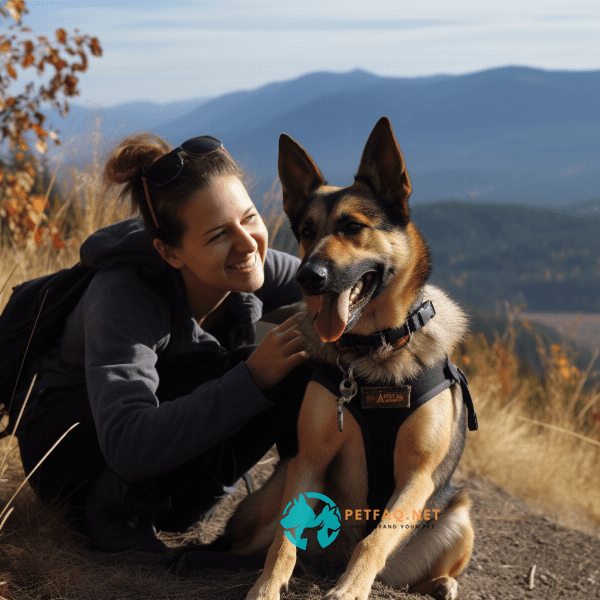
Safety considerations for off-leash training
While off-leash training can be a great way to provide exercise and mental stimulation for your dog, it’s important to keep safety in mind. Here are some key safety considerations to keep in mind when training your dog off-leash:
1. Choose a safe and secure area: Before starting off-leash training, choose a safe and secure area that is fenced or otherwise enclosed. Avoid busy roads, areas with steep drop-offs, or other potential hazards.
2. Use proper equipment: Use a well-fitted collar or harness, and consider using a long-line or training lead to keep your dog under control while still allowing them some freedom to move.
3. Be aware of other dogs and people: Keep an eye out for other dogs and people in the area, and be prepared to call your dog back to you if needed. Always ask permission before allowing your dog to approach other dogs or people.
4. Be prepared for emergencies: Make sure that you have a first aid kit on hand, as well as a plan for what to do in case of an emergency. Keep your veterinarian’s contact information handy, and make sure that your dog’s vaccinations and licenses are up to date.
5. Know your dog’s limits: Not all dogs are suited for off-leash training, and it’s important to know your dog’s limits and abilities. If your dog has a history of running away, ignoring commands, or being aggressive towards other dogs or people, it may be best to stick to on-leash training or work with a professional dog trainer.
By keeping these safety considerations in mind, you can help to ensure that off-leash training is a safe and enjoyable experience for both you and your furry friend.

Taking off-leash training to the next level: advanced strategies and activities
Once your dog has mastered the basics of off-leash training, you may want to take their training to the next level with some advanced strategies and activities. Here are some ideas to help you and your dog build on your off-leash training skills:
1. Agility training: Agility training involves teaching your dog to navigate an obstacle course, and can be a great way to improve their physical fitness and mental agility. You can set up a course in your backyard or attend a local agility class.
2. Recall training: Recall training involves teaching your dog to come when called, even in distracting or exciting situations. You can practice this by calling your dog from a distance while they are playing or exploring, and rewarding them when they come to you.
3. Distance training: Distance training involves teaching your dog to respond to commands from a distance, without needing to be right next to you. You can practice this by gradually increasing the distance between you and your dog, and rewarding them for responding to your commands.
4. Games and activities: You can also incorporate games and activities into your off-leash training, such as playing fetch or hide-and-seek. These activities can help to provide mental stimulation and reinforce your dog’s training in a fun and engaging way.
Remember to always use positive reinforcement techniques and to go at your dog’s pace when introducing new and more challenging training activities. With patience and persistence, you and your furry friend can continue to build on your off-leash training skills and have fun while doing it.
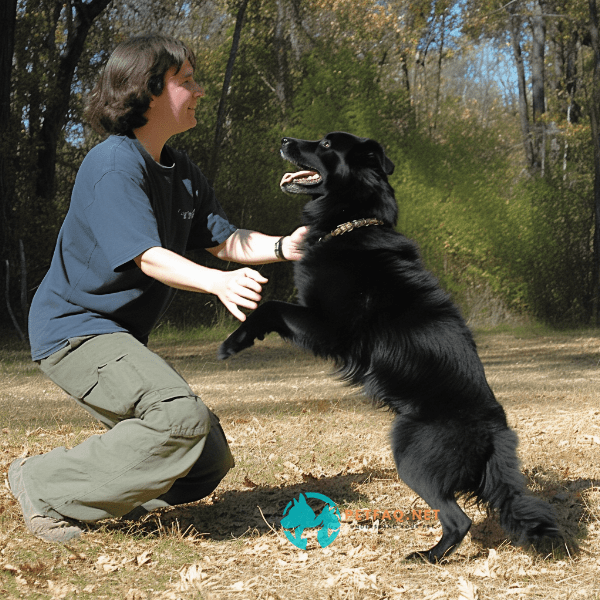
Frequently asked questions about off-leash dog training
Off-leash dog training can be a complex and nuanced topic, and you may have some questions or concerns about the training process. Here are some frequently asked questions about off-leash dog training:
1. Is off-leash training right for all dogs?
Off-leash training is not suitable for all dogs, especially those with a history of aggression or disobedience. It’s important to assess your dog’s personality, behavior, and training history before starting off-leash training.
2. How do I teach my dog to come when called?
Teaching your dog to come when called, or recall training, is an essential part of off-leash training. You can start by using a long-line or training lead, and gradually increasing the distance between you and your dog while practicing recall commands.
3. What if my dog doesn’t listen to me off-leash?
If your dog is not listening to you off-leash, it may be a sign that they need more training or that they are not ready for off-leash training. Consider working with a professional dog trainer to address any behavior issues or to get additional guidance on off-leash training.
4. How do I keep my dog safe while training off-leash?
Keeping your dog safe during off-leash training involves choosing a safe and secure area, using proper equipment, and being aware of potential hazards or distractions. You should also have a plan in place for emergencies and be familiar with basic first aid for dogs.
5. What are the benefits of off-leash training?
Off-leash training can provide physical exercise, mental stimulation, and improved behavior and obedience for your dog. It can also strengthen the bond between you and your furry friend and provide a fun and rewarding activity for both of you.
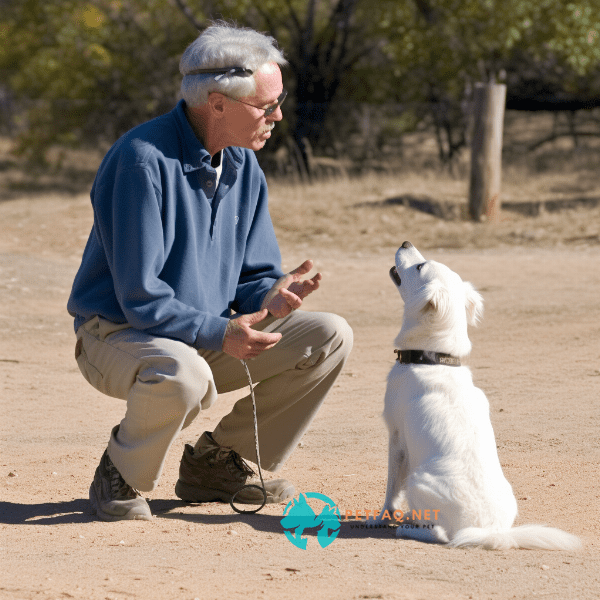
Final thoughts and tips for a successful off-leash training experience.
Off-leash training can be a rewarding and fun experience for both you and your furry friend, but it’s important to approach it with patience, persistence, and a commitment to positive reinforcement. Here are some final thoughts and tips for a successful off-leash training experience:
1. Start small: Begin your off-leash training in a safe and secure area, such as a fenced-in yard or a dog park with a designated off-leash area. Gradually increase the amount of time and distance that your dog is off-leash as they demonstrate good behavior and obedience.
2. Use positive reinforcement: Positive reinforcement techniques, such as treats, praise, and toys, can be highly effective in encouraging good behavior and obedience in your dog. Avoid using punishment or negative reinforcement, which can damage your relationship with your furry friend and make off-leash training more difficult.
3. Be consistent: Consistency is key when it comes to off-leash training. Use the same commands and cues consistently, and reward your dog for good behavior every time. This will help your dog to learn what is expected of them and reinforce good habits.
4. Be aware of your surroundings: When training off-leash, it’s important to be aware of potential hazards or distractions in the environment, such as other dogs, people, or wildlife. Keep a close eye on your dog at all times, and be prepared to intervene if necessary.
5. Have fun: Off-leash training can be a fun and rewarding experience for both you and your furry friend. Remember to enjoy the process, celebrate your successes, and take breaks if either of you become frustrated or overwhelmed.
By following these tips and being patient and persistent in your training, you can help your dog to master off-leash training and enjoy the freedom and fun that it provides.

Frequently Asked Questions (FAQs) about Off-leash dog training:
1. How can I train my dog to be off-leash?2. What are the benefits of off-leash training for both dogs and their owners?
3. How can I ensure my dog stays safe while off-leash?
4. What are some tips for training an older dog to be off-leash?
5. How long does it take to train a dog to be off-leash?

